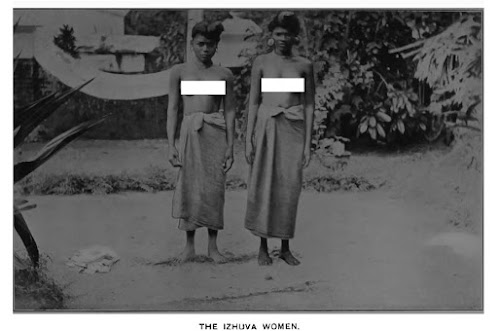Tipu Sultan's victims, or perpetrators of worst human slavery? Nayars of Kerala in 18 and 19 centuries CE

Research and author: Ameen Ahmed Critics of Tipu Sultan (and Haidar Ali) give examples of four major communities as proof of brutalities and religious bigotry of these father-son rulers- Christians of Coastal Karnataka, Nayars of Malabar (Kerala), Coorgis and Brahmins, particularly the Mandyam Iyengars of Melukote. The later three are often clubbed together as Hindus. And then there is a counter against these arguments by authors who believe Haidar-Tipu were just like other rulers of that day and age- neither heroes nor villains but a product of their times. A closer look at the social structure and caste hierarchy of Kerala in the 18th and 19th centuries and the place of one of the castes- the Nairs during the period, suggests the conflicts may not have been religious. It is well known fact that Haidar Ali rose to power from the position as an ordinary soldier in the army of the Mysore Hindu Wodeyars in early 1750s. But what is not known much is that when he joined service of W...


